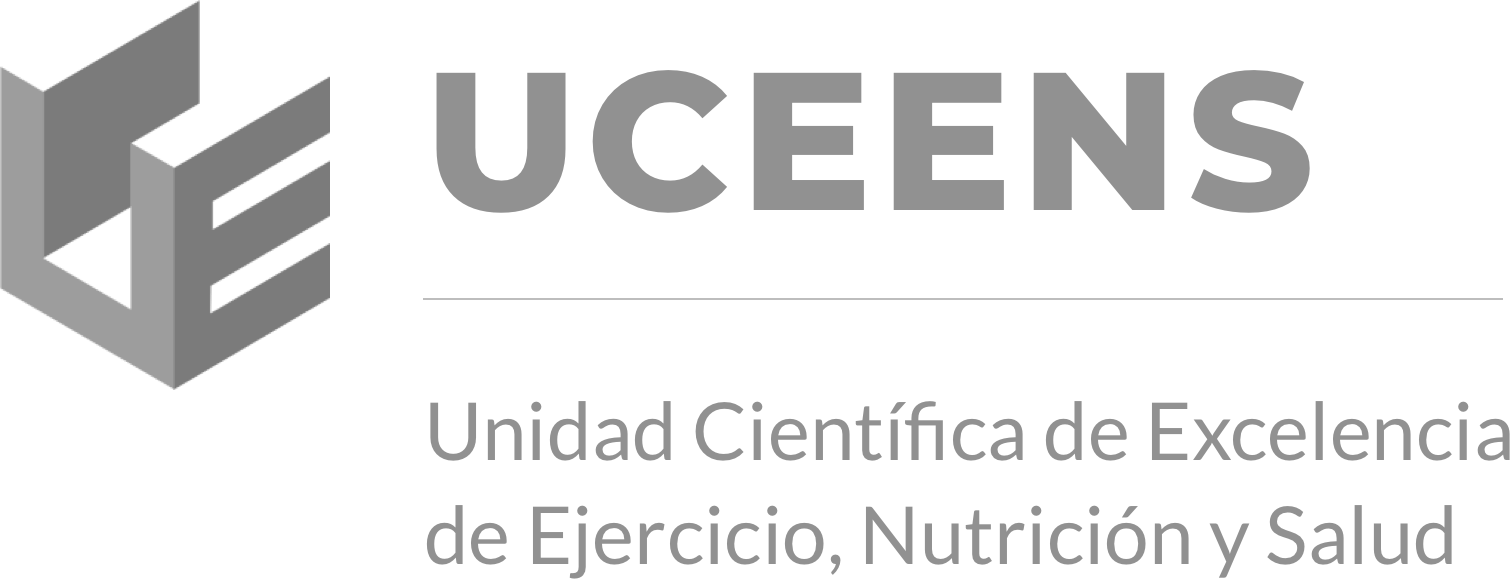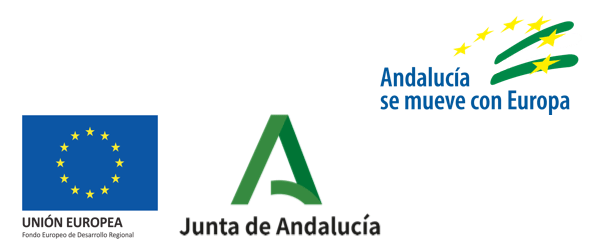Background A series of antioxidant enzymes and non-enzymatic compounds act to protect cells from uncontrolled propagation of free radicals. It is poorly understood, though, to what extent and how their interaction is harmonized. Objectives To explore associative interactions among a battery of urinary and blood biomarkers of oxidative stress and enzymatic and non-enzymatic markers of the antioxidant defense system in children from low income households. Methods For this cross-sectional descriptive study, urine, red cells, and plasma were sampled in 82 preschool children attending three daycare centers in Quetzaltenango Guatemala. The urinary oxidative stress biomarkers studied were F2-isoprostanes and 8-hydroxy-deoxy-guanosine. Red cell enzyme activities measured were: catalase, superoxide dismutase, glutathione peroxidase and glutathione reductase. Circulating non-enzymatic antioxidants selected were: retinol, tocopherols, beta-carotene and coenzymes Q(9) and Q(10). Results In a Spearman rank-order correlation hemi-matrix, of 55 paired combinations of the 11 biomarkers, 28 (51%) were significantly correlated among each other (p <= 0.05), with the strongest association being retinol and tocopherols (r = 0.697, p<0.001), and 4 associations (9%) showed a trend (p> 0.5 to <= 0.10). F2-isoprostanes showed the greatest number of cross-associations, having significant interactions with 8 of the 10 remaining biomarkers. Goodness-of-fit modeling improved or maintained the r value for 24 of the significant interactions and for one of the 5 borderline associations. Multiple regression backward stepwise analysis indicated that plasma retinol, beta-carotene and coenzyme Q(10) were independent predictors of urinary F2-isoprostanes. Conclusion Numerous significant associations resulted among biomarkers of oxidation and responders to oxidation. Interesting findings were the apparent patterns of harmonious interactions among the elements of the oxidation-antioxidation systems in this population.




Deja una respuesta